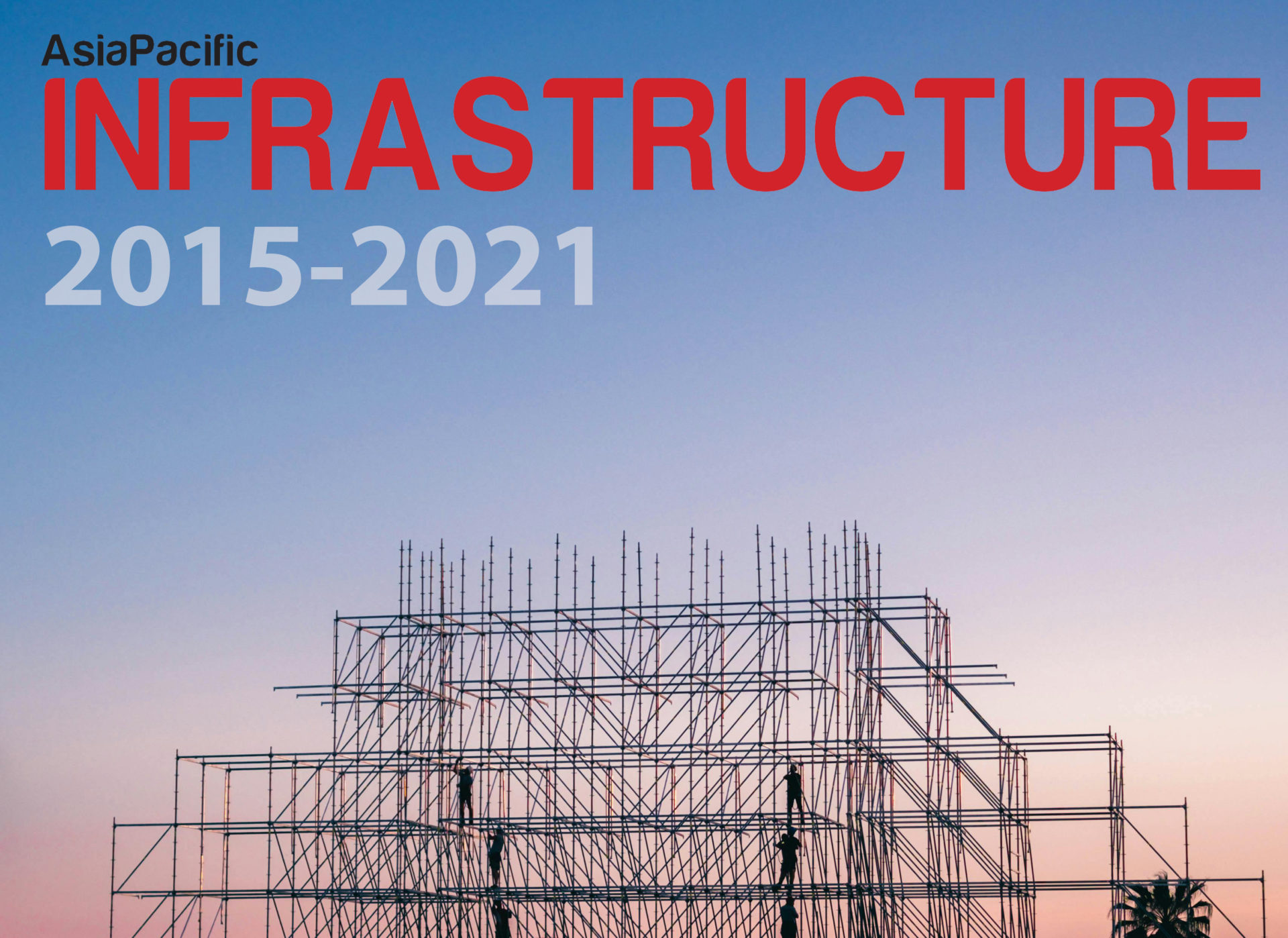Achieving outcomes has become the great new aspiration of public policy says Infrastructure New Zealand Policy Director Hamish Glenn

Outcomes are neither new nor different than things we’ve always wanted – higher incomes, cleaner environment, longer, healthier and more meaningful lives, to name a few.
But in recent decades we have purposefully de-emphasised outcomes in public policy, prioritising instead efficient and fair market mechanisms on the basis that these will allow individuals and groups to promote their own outcomes.
But there can be no doubt that the kind of outcomes we expected have not been produced.
We know our incomes are comparatively low and productivity (the thing which ultimately delivers high incomes) has been falling relative to our peers. We know our environmental performance, as measured by reductions in biodiversity and water quality, has also been poor. Inequality has worsened, with particularly large and growing wealth disparities between generations and between Maori and Pasifika communities and other New Zealanders.
So when we talk about a newfound commitment to “outcomes”, what we really mean is that the country is undergoing a change in how we value different outcomes. Smaller government and fiscal discipline are out, big public objectives like addressing poverty, tackling climate change and growing the regions are in.
How do you achieve outcomes?
Achieving the new outcomes will require a different approach. Most obviously, we’re going to need to work out what we want to achieve in the first place.
- Set the vision and identify the outcomes
This process can be as hard as we want to make it. Government has a multiplicity of things it needs to promote. Individuals, organisations and various communities have more still.
A vision is needed to define the highest order priorities and guide decision making down through the system.
Outcomes are what give effect to the vision. In New Zealand we identify four: economic, social, environmental and cultural.
These broadly relate to the monetary value of what we do, who we are, where everything takes place and, with a slightly unique New Zealand twist, we add a fourth which recognises that the priorities of the majority may not be the priorities of the minority, most notably Maori.
A fifth outcome often gets overlooked, but is implicit in the formation of every law in the country – democracy. It speaks to the “how?” Good process which enhances participation, leverages societal knowledge and creates feelings of inclusion, being valued and being heard is also an outcome.
How far we drill down into each general outcome is a matter for an army of civil servants. Is growing GDP what we mean by an economic outcome, or GDP per capita? Is it productivity, maximum employment or discretionary income? Is it all, something else or more?
- Define success
In the second phase we work out what defines success across each outcome. These are the objectives and targets.
If one outcome is a healthy natural environment, we need to understand what this means in practice? It probably means protecting biodiversity and cleaning up freshwater. It no doubt also means that we get our carbon emissions down. Eventually we will need a list of all the elements which satisfactorily represent a “healthy natural environment”.
With respect to carbon, we arguably already know what success looks like – meeting our Paris carbon commitment. That means we need to reduce our greenhouse gas emissions by 30 per cent below 2005 levels by 2030.
- Plan the path which achieves the objectives
In the next stage, we need to work out how we do that. This is the make or break point, but the one which differentiates a model based on achieving outcomes from one based on managing effects.
This is the plan.
Will we achieve our carbon objectives by tackling transport or agriculture, industry or residential? Will we use prices or investment, regulation or persuasion? Who will be in charge of what, how much money do they need, when do they need it and how will they be held to account?
Any objective which cannot be broken down into constituent parts to understand what success looks like is probably not an objective.
Whether carbon, the economy, health or something else, there are real world metrics and proxies which, when collectively achieved, mean we are doing what we said we would. The purpose of the plan is to be clear about what they are and how we are going to implement them.
- Oversee performance
The final phase of the process is to monitor performance to make sure we are achieving what we said we would. That means making sure that the parties responsible for implementing some part of the plan do in fact implement their part on time and in accordance with the plan.
If there are investments to be made, they must be made. If there are regulations to enforce or remove, they must be enforced and removed. When communities and stakeholders need to be engaged, they must be engaged. Otherwise the plan is not worth the paper it is printed on.
Aren’t we doing this already?
None of this new or revolutionary to your average policy analyst. In fact, just about every central and local government organisation has one, two, three or more such strategic policy documents and processes running more or less along this exact line, guiding them towards agreed outcomes for their sector.
In health there is the New Zealand Health Strategy. In transport there is the Government Policy Statement and its network of supporting documents.
But we are clearly not achieving the outcomes we want.
Why are we not achieving outcomes?
The reason is that, while our strategic plans may be up to the task, the framework to implement them is not.
Money is not allocated based on achieving outcomes, but on maintaining fiscal prudence. We had, right up until COVID, achieved that objective with five gold stars.
Our Public Finance Act is not geared for achieving non-fiscal outcomes.
Where resourcing is made available, it is usually for specified activities. Outcomes are not specific, they require collaboration across multiple parties – different government departments, central and local government, the private sector. Each has played to their own tune, managing their own empire efficiently, but not necessarily in a way which promotes outcomes.
This this why the Government has just repealed the State Sector Act 1988. But the new Public Service Legislation Bill doesn’t address misalignment with local government nor the private sector.
When outcomes require new infrastructure or other capital investment, it must pass through the infamous Resource Management Act. It is an “effects-based” statute – the diametric opposite of the outcomes approach – and is notorious for elevating local impacts above wider public outcomes, slowing and in some cases thwarting policy priorities.
Even if all the stars align to this point, the capacity and capability of organisations to implement can leave outcomes abandoned at the last hurdle. New Zealand has 78 local authorities playing a critical role in everything from infrastructure to planning to community advocacy, but many are too small to perform the tasks set before them.
Permeating all decisions and activities we have democratic processes designed to improve the final outcome, but which also add time and cost. There will always be those in a system who have benefitted from policy failure and are incentivised to stop progress. If they can slow the process down beyond three years, they might be able to stop it. Time constraints amplify challenges and barriers in the system, making it harder to deliver outcomes.
The end result is a system which has lost faith in itself to deliver.
What we end up doing is taking outcomes, where we do take the time to identify them in the first place, and simply overlaying them onto existing policy. We then match what we’re already doing to the outcomes, satisfy ourselves that what we’re doing aligns with what we want to achieve and then pat ourselves on the back for promoting outcomes.
This is not outcomes achievement. It is reverse engineering policies to make ourselves feel like we’re on the right track and it is contributing to the problem.
What we still have to do
If New Zealand is serious about achieving outcomes different to those which we have been achieving, we must change three things.
- We must change the way we plan. Planning needs to move into the heart of governance, not sit to the side as one of many activities. The plan is the means by which we achieve the outcomes. It must guide spending and debt, determine the timing and sequencing of investment, shape land use plans and keep all parts of the public sector on the same page.The RMA needs to be replaced with an environmental protection Act which sets bottom lines and protects the environment, and a strategic planning act which translates national outcomes into investments, land use rules and effective delivery.
- We must change the way we fund public policy. We cannot regulate for outcomes – they need resources. If something is worth prioritising as an outcome then it is worth funding to achieve that outcome. Money must start to follow the plan in the same way that the plan follows the outcomes.Every true outcome creates value for someone. Our tax system need to evolve so that beneficiaries help fund outcomes. New tools and mechanisms are required to tie outcomes investment to future beneficiaries, providing the capital every investment needs.
- We must change our governance arrangements. Central government needs to focus more on monitoring, oversight and ensuring that all parts of the system are functioning. It can’t do that objectively as long as it is also delivering services. But in order for anyone else to deliver successfully, they will need the right scale and mandate to do so.We need to build up regional governance so that regions based around a common economic geography have the ability to implement national outcomes and the government has the ability to hold them to account.




